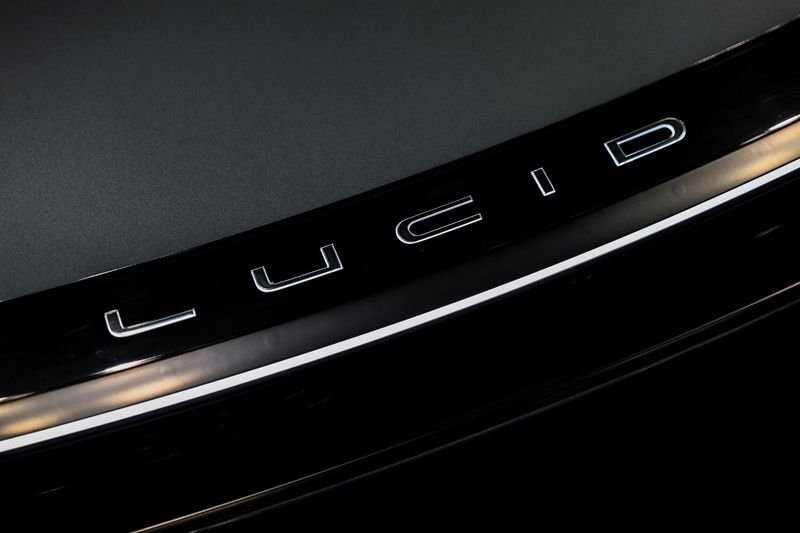Lucid Motors Faces Delivery Challenges Amid Slower Demand
Lucid Motors, the electric vehicle (EV) manufacturer, has recently encountered difficulties meeting delivery expectations for the second quarter of the year. With demand for electric vehicles showing signs of waning, Lucid’s performance is drawing attention.
Overview of the Situation
In the latest financial reports, Lucid Motors disclosed a shortfall in its vehicle deliveries during the second quarter, which fell below analysts’ predictions. This marks a significant hurdle for the company as it strives to establish itself in a competitive market. The decline in demand for electric vehicles has become increasingly apparent, prompting questions about Lucid’s growth strategy moving forward.
Key Factors Contributing to Lower Deliveries
Several elements contribute to Lucid Motors’ underwhelming delivery figures. A shift in consumer interest, combined with economic uncertainties and rising inflation, has led to a more cautious approach from potential buyers. In an industry that relies on constant innovation and adaptability, these market dynamics present serious challenges for the company.
Changing Consumer Preferences
Customers are increasingly evaluating their purchasing decisions, particularly in the EV sector. With a myriad of options available, many prospective buyers are taking their time before committing to expensive electric vehicles. This change in consumer behavior has prompted Lucid to rethink its approach to marketing and outreach.
Economic Influences
The broader economic landscape also plays a crucial role in shaping consumer demand for luxury electric vehicles. The ongoing inflationary pressures and rising interest rates have made financing options less attractive. As consumers weigh the financial implications of such investments, Lucid Motors has found itself navigating a more complex market environment.
Financial Performance and Future Projections
Lucid Motors’ second-quarter results highlighted not just decreased deliveries but also concerns regarding the company’s long-term financial viability. Analysts speculate that the current economic climate may lead to slower growth for the company, raising questions about its financial health and sustainability.
Production Challenges
Additionally, Lucid has faced its share of production bottlenecks that have hindered its ability to meet targets. These operational challenges can lead to delays in delivering vehicles, further compounding the issues associated with fluctuating demand.
Investment and Market Strategy
In light of these hurdles, Lucid Motors is now focusing on refining its market strategy. To regain traction, the company is considering various options to boost vehicle production and enhance its sales outreach. Strategic investments in marketing and partnerships could play a pivotal role in revitalizing consumer interest and improving overall sales figures.
Competitors in the EV Landscape
Lucid Motors is not the only player in the electric vehicle market facing challenges. A surge in competition from established automakers and new entrants has made it imperative for Lucid to differentiate itself. Rivals are also adjusting their offerings, often at lower price points, which could potentially divert customers away from premium brands like Lucid.
The Importance of Innovation
In the highly competitive EV sector, innovation remains a key factor for success. Lucid must continue to invest in research and development to remain relevant. This commitment to technology, particularly in battery efficiency and autonomous driving features, could help attract buyers who are hoping for more than just a vehicle.
Public Perception and Brand Image
Consumer perception plays a significant role in a brand’s success. As Lucid navigates this turbulent phase, the company must work diligently to maintain a strong public image. Transparency in addressing delivery challenges and financial concerns will be critical for building trust with potential buyers.
Engagement with Customers
Strengthening engagement with customers through robust communication channels—whether via social media or direct marketing—can lead to enhanced brand loyalty. Providing updates on production timelines and responding to consumer inquiries will help improve relationships and sustain interest, even during challenging times.
Conclusion
Lucid Motors is facing significant hurdles as it grapples with lower-than-expected deliveries, shifting consumer preferences, and economic challenges. Addressing these issues will require a comprehensive approach, focusing on operational efficiency, customer engagement, and technological innovation. By proactively adapting to the evolving landscape of the electric vehicle market, Lucid can position itself for future growth and success.
